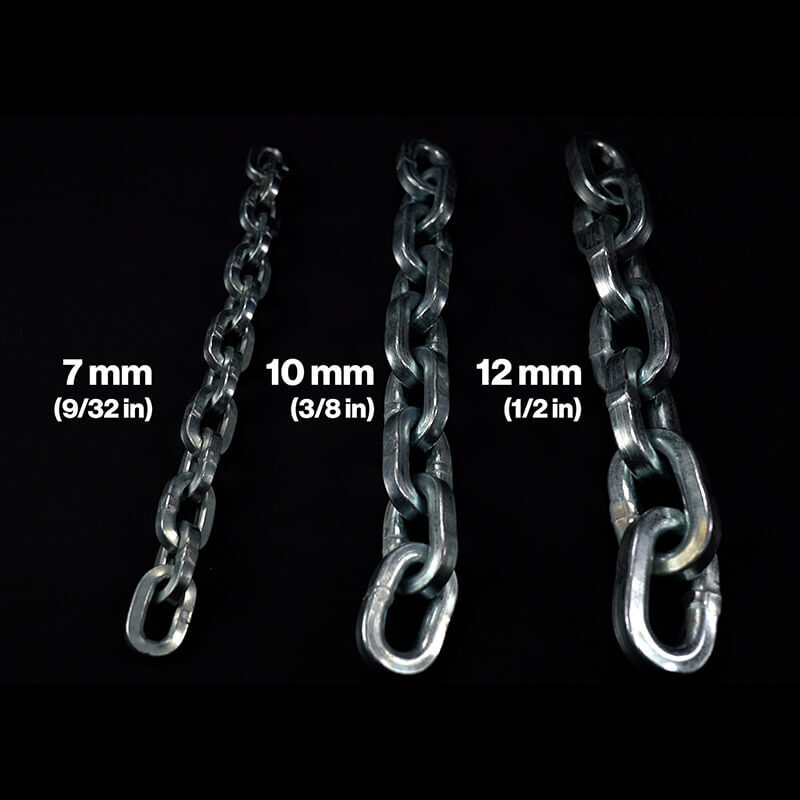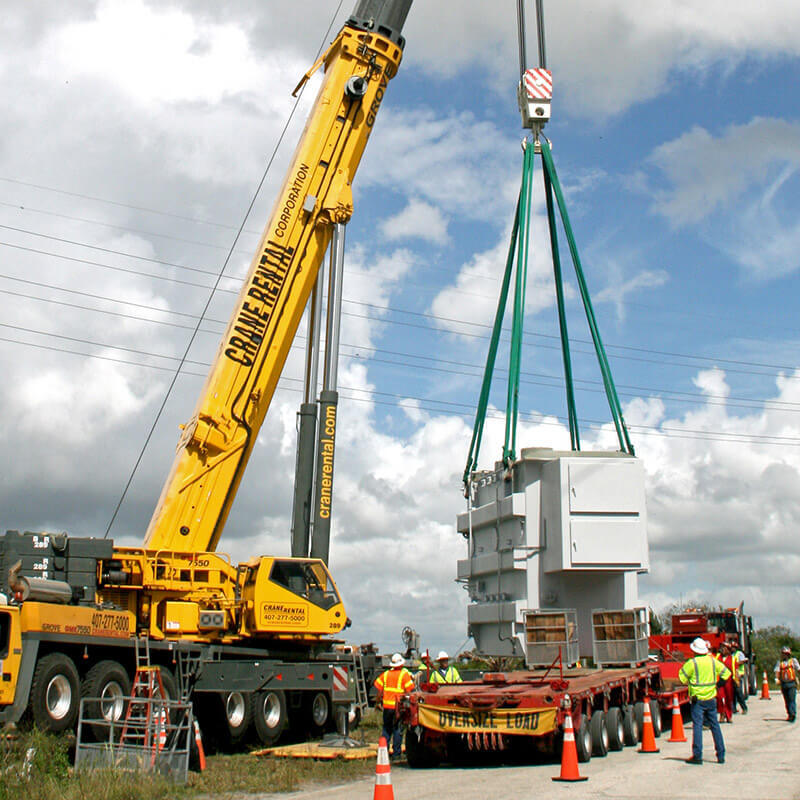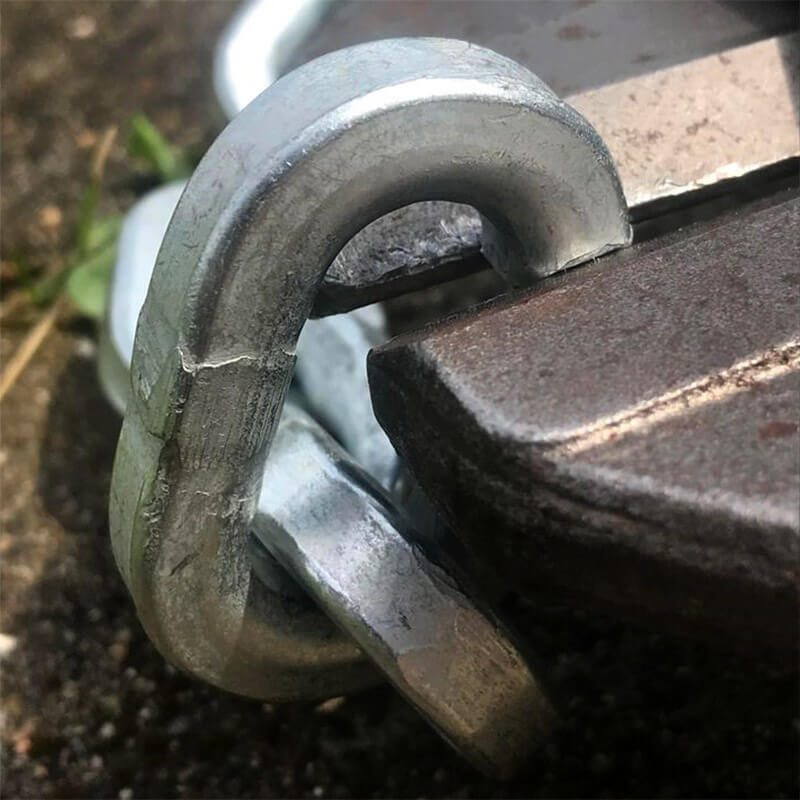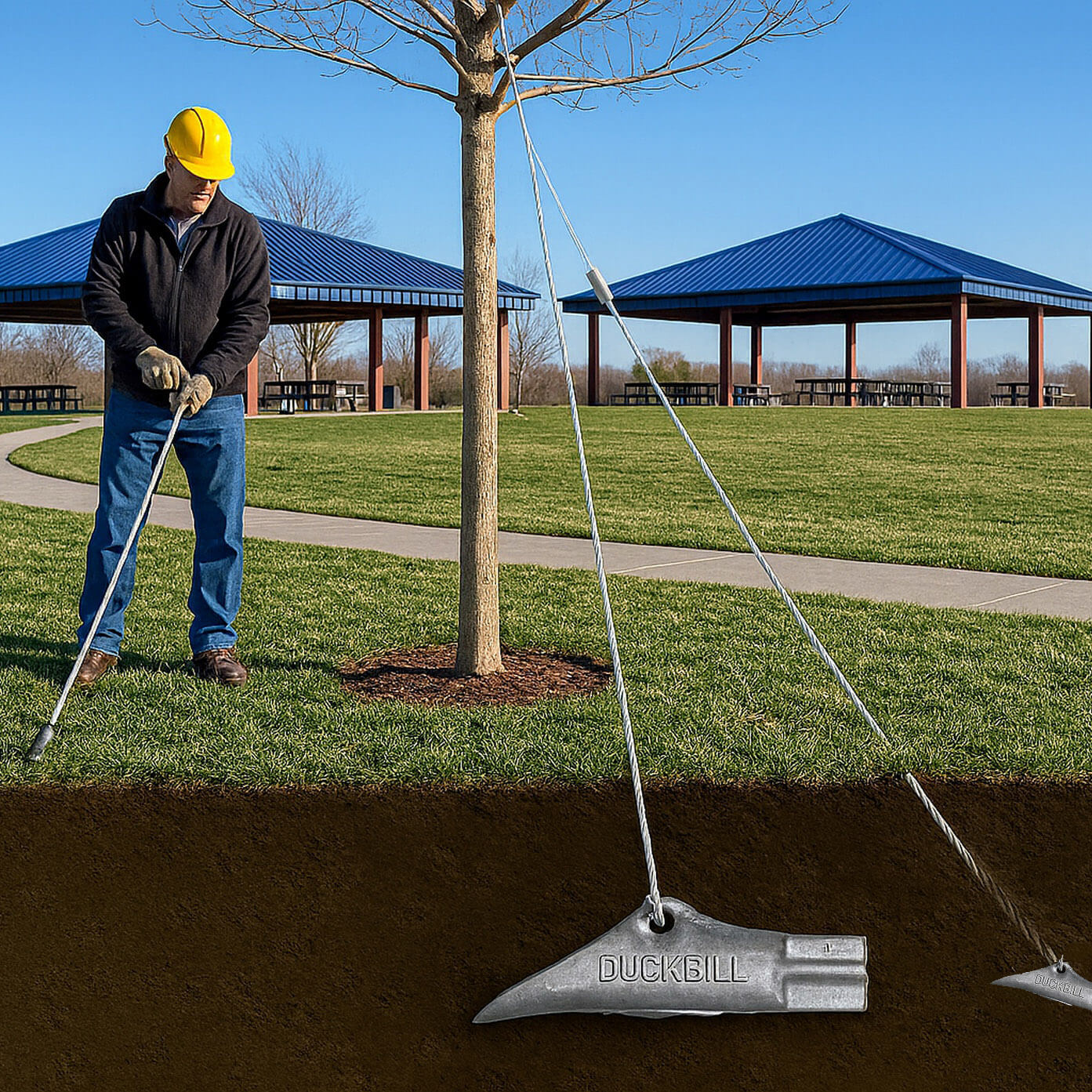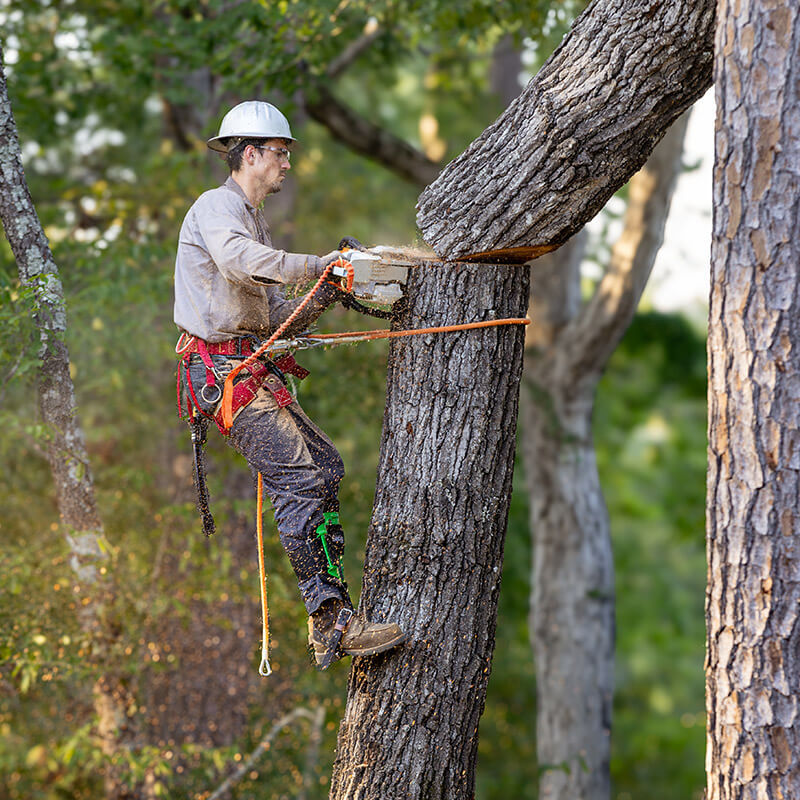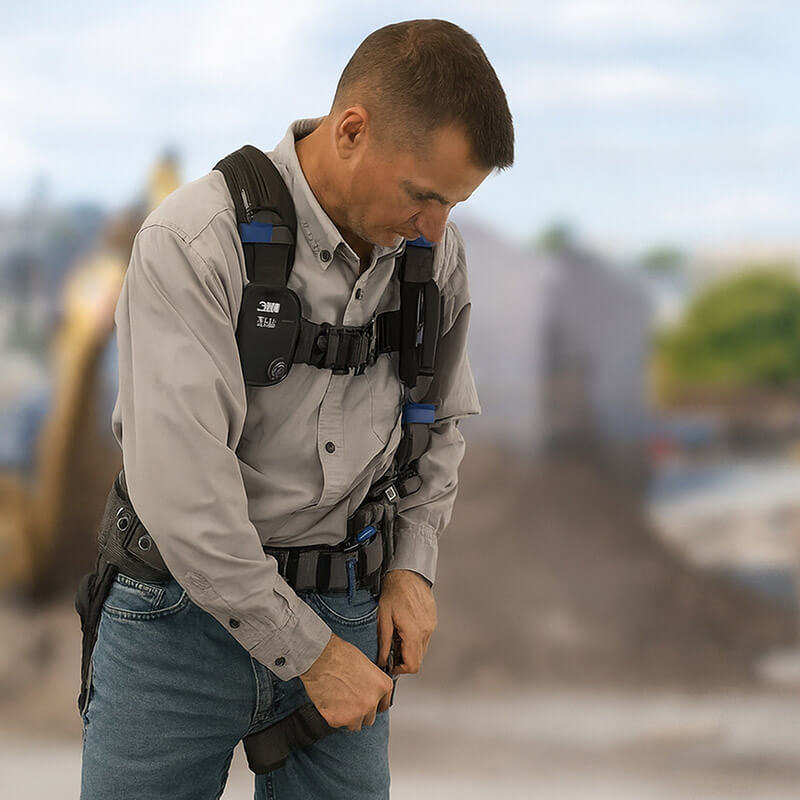How Long is a Fall Protection Harness Good For?
Fall protection harnesses are critical PPE used to prevent injuries and fatalities in elevated work environments. While many manufacturers recommend a replacement cycle of approximately five years, the actual lifespan of a harness depends on usage frequency, environmental exposure, and proper maintenance. This guide reviews the factors influencing harness longevity, outlines OSHA and ANSI requirements, and offers practical guidance to ensure compliance and worker safety.
Key Takeaways
- The lifespan of a fall protection harness is influenced by usage, environment, materials, and maintenance.
- OSHA requires annual inspection by a competent person, plus inspection before each use (1910.140).
- ANSI Z359.11 does not specify an expiration date but mandates immediate removal if defects are found.
- Manufacturer guidelines should always be followed.
- Signs of damage or post-fall use are strong indicators that replacement is necessary.
Understanding Harness Lifespan
The service life of a fall protection harness is highly variable. Although many manufacturers recommend replacing harnesses every 3 to 5 years, this timeframe is not a legal requirement but a guideline based on testing and wear trends.
Factors That Affect Harness Longevity
- Materials & Build Quality: Higher-quality harnesses may resist degradation longer.
- Environmental Exposure: UV light, chemicals, moisture, and extreme temperatures accelerate wear.
- Frequency of Use: Daily use in rugged environments leads to faster degradation.
- Storage Conditions: Harnesses should be stored in a clean, dry, temperature-controlled area away from direct sunlight and chemicals.
Inspection & Maintenance
Proper care is vital to ensure your harness remains compliant and protective.
Inspection Frequency
- Before Each Use: Users must inspect the harness for frayed webbing, loose stitching, and distorted metal parts.
- Annually: A competent person must conduct a formal inspection per OSHA 1910.140(c)(18).
Cleaning
- Use mild soap and warm water.
- Do not use harsh chemicals or solvents.
- Air dry away from direct sunlight.
Storage
- Store in a dry, clean, cool area.
- Hang to avoid crushing or bending straps.
When to Replace a Fall Protection Harness
Always follow the manufacturer’s recommendations, but also watch for these signs:
- Frayed or worn webbing
- Broken or loose stitching
- Cracked, corroded, or bent buckles/D-rings
- Any fall event involving the harness
- Expired lifespan per manufacturer’s label
Product Highlight
Looking for reliable, OSHA, ANSI-compliant fall protection gear? Explore our selection of full-body harnesses at Lifting.com.
Frequently Asked Questions (FAQs)
How long is a fall protection harness good for?
Most manufacturers recommend replacing harnesses every 5 years, but this varies based on conditions and usage. Always refer to the product label and user manual.
What factors affect the durability of a fall protection harness?
UV exposure, chemical contact, wear-and-tear, improper storage, and frequent use can all impact a harness’s lifespan.
What is the recommended inspection frequency for fall protection harnesses?
Inspect before every use, and conduct a formal inspection at least annually, as per OSHA regulations.
What are the proper cleaning practices for a safety harness?
Use mild soap and water, rinse thoroughly, and air dry. Avoid heat and direct sunlight.
How do storage conditions impact the lifespan of a safety harness?
Storing harnesses in a cool, dry place away from sunlight and chemicals helps extend their life.
What are the signs that a fall protection harness should be replaced?
Fraying, broken stitching, damaged hardware, or any history of fall arrest usage indicates the need for replacement.
How do you verify the expiration date of a fall protection harness?
Check the manufacturer’s label or user manual. If no date is listed, evaluate the condition and refer to company policy and ANSI guidelines.
What’s the Hardest Chain to Cut?
Oct 20th 2025
What are the most common tools used in rigging?
Oct 13th 2025
What Is the Strongest Security Chain?
Oct 7th 2025
Are Pewag Chains Good?
Oct 3rd 2025
What Are DuckBill Anchors Used For?
Sep 26th 2025
What is a Tree Climbing Harness Called?
Sep 22nd 2025
How Long Are DBI-SALA Harnesses Good For?
Sep 16th 2025
Bishop Lifting Expands to the Midwest with Acquisition of American Rigger’s Supply
Sep 5th 2025
What Are Synthetic Slings?
Sep 4th 2025


